Last updated on August 26th, 2023 at 02:55 pm
Pursuing a low-waste lifestyle is challenging enough. Now try it while having a chronic illness or needing surgery. To me, that feels impossible to do. There’s only so much of my pharmaceutical waste I can recycle or repurpose. And all medical waste that’s created during my hospital visits is beyond my reach. Needless to say, the corona crisis added loads of extra medical waste to the enormous pile. So, just how bad is it? This is a story about medical waste in general and my personal frustration about healthcare waste in particular.
Table of Contents
- My personal experience with healthcare waste
- Innovation eases replacing single-use items
- Nearly 6 million tons hospital waste yearly in US
- Waste challenges when you’re chronically ill
- Huge pile of waste after surgery makes beautiful art
- Changemakers improve sustainability from the inside
- Saving 1,367,000 car miles per year (and that’s just one hospital!)
My personal experience with healthcare waste
Sitting in my comfortable chair in the hospital oncology ward, I watched the enormous amount of stuff they used to cure my breast cancer. Needles, sterile wipes, bandages, and loads of big plastic bags filled with chemo or other medicine. And most of the 14 chairs were refilled with people like me several times a day. Intense gratitude for getting proper treatment for my illness was mixed with the hurt in my green heart seeing those piles of single-use waste.
The chemo residue in those plastic bags made it impossible to recycle them. The hospital staff explained that they had tried to use recycling stations. But it was too time-consuming and took too much effort to separate the recyclables from the dangerous waste. So it all went into one big bin that filled up in no time and was replaced often. And that’s usually the problem: it’s cheaper and faster to toss things away than to separate them for reusing, repurposing, or recycling.
Innovation eases replacing single-use items
To be fair, one of the reasons we’re creating so much healthcare waste is for our own good. Or at least, that’s how it started. Decades ago, the healthcare industry innovated to make treatments as hygienic and safe as possible. Single-use items were considered the state-of-the-art new way to ensure the best care. No more old blankets in the operating room, but crisp ones that could be tossed out immediately after use. No more washing and sterilizing all kinds of equipment, but sterile new ones for each patient.
So, in a way, the demand for sustainability in healthcare feels like turning back the clock. And yet, that’s not a fair comparison. Because the innovation in sanitation hasn’t stopped since then either. It’s much easier to sterilize, clean, and reuse materials now and with considerably higher quality than when society felt the need for single-use products. And although the process of hygienic reusing may seem costly, in the long run, it will be cheaper since you can manage with less stuff. A lot less. Mountains less.
Nearly 6 million tons hospital waste yearly in US
There are different types of healthcare waste. Pharmaceutical waste has to do with medication. For instance, packaging, transport, or leftover medicine. Medical waste is found in healthcare facilities. Think about things like needles, syringes, bandages, or blood. According to All Points Medical Waste in Florida, wealthier countries like the US create one pound of waste per hospital bed daily. For the US, that comes down to a staggering 5.9 million tons of waste yearly. Year after year after year. And the corona crisis waste only mounted on top of that.
Considering that about 15 percent of medical waste is a dangerous material, you can only hope that all facilities dispose of them properly. Some healthcare waste can be toxic, sharp, cause infections, spread disease, or be radioactive. Can you imagine what happens if that’s not taken care of properly? Contamination of soil or water may harm all living things on this planet. And that’s without even counting the healthcare industry’s amount of water use or its emission of gasses.
Waste challenges when you’re chronically ill
Being chronically ill has its own challenges when it comes to healthcare waste. In my household, I have swapped many single-use items for reusables. But my medication comes how it comes: I have no choice in packaging materials or sizes, nor can I choose to withhold the added artificial sugars. Yet, I do what I can to minimize my amount of pharmaceutical waste.
Here’s what I do about it:
- I repurpose the small plastic pill canisters for crafts and such.
- The cardboard boxes and paper inlays go in the recycling bin.
- The plastic pill tubes go in the recycling bin as well.
- Luckily, my father saves up old metal to sell yearly. So he gets my aluminum pill strips.
But the plastic pill strips with an aluminum lining are not recycable, and I have no way to reuse them. So they end up with general waste. And I’ll probably put a strain on the water refinery because using so many medicines usually means residue in your urine. Sorry folks, but I’m not going to stop peeing, haha.
Huge pile of waste after surgery makes beautiful art
Another shocker was to realize how much medical waste I generated by getting operated on. Before my chemotherapy, I had to have a breast removed. Although I didn’t choose reconstruction, the amount of waste is probably comparable to the operation of Dutch artist Maria Koijck. She asked her doctors to save all materials they used during her breast reconstruction operation.
Koijck and her daughter made beautiful artwork and a video about it that won the Guiltless plastic Prize in Milan, Italy. It opens people’s eyes to how much wealthy countries use per surgery. And we have many surgeries per day. The video ends with a most crucial question: Is there another way?
Much healthcare waste ends up in ovens. But only modern incinerators reach the required temperatures and have the right equipment to clean the emitted gas from toxins like dioxins. The World Health Organisation suggests alternatives to simply burning the waste: autoclaving, microwaving, or steam treatment integrated with internal mixing. “Which minimize the formation and release of chemicals or hazardous emissions,” the WHO states on its website.
Of course, the key is to ensure that there’s as little waste as possible, to begin with. Separating types of waste for recycling or repurposing is one way to do that. But it would be even better if changes occur as early as in the manufacturing process. Think about using more sustainable materials, reducing packaging sizes and weights, or making sterilizable and reusable tools. In some countries, it will also require changing the law from demanding virgin materials in an operating room to allowing recycled or reused ones.
Changemakers improve sustainability from the inside
The healthcare industry is not one to make fast shifts; it has a mammoth tanker style. But plenty of healthcare workers, lab workers, technicians, and other personnel are making changes from the inside. They know firsthand what’s needed for the best care while also seeing how they could do it more sustainably. Changemakers, how I love them. And it turns out that one of those pioneers is working in “my own” hospital. He ensured my surgery didn’t pollute the world as much as it used to.
Roland van Wandelen is a Dutch anesthesiologist who realized the gasses that keep his patients asleep during surgery are serious polluters. The patient’s breath contains 99 percent of the anesthetic gas. It needs to be captured because, after all, you don’t want the medical team to inhale it. Usually, those gas lines release everything outside, in the open air. These gasses are about 130 times as powerful as CO2 and linger longer in our atmosphere. Van Wandelen wanted to change that.
Saving 1,367,000 car miles per year (and that’s just one hospital!)
It took a few years for the manufacturing company in the US to agree and comply, but the anesthesiologist made it happen. Van Wandelen created a system to catch anesthetic gasses with coconut filter beads. The gasses attach to the filter and are no longer emitted. Instead, the gasses can be extracted in a factory and recycled into new anesthetics.
Van Wandelen’s hospital Bravis saves 220,000 kilo’s in CO2 emissions yearly. That’s as much as 1,367,000 car miles. Each and every year. In one hospital. A hospital that has already tried to use its anesthetics sustainably. Imagine implementing this new technique in hospitals worldwide, where emissions are often worse. Ironically enough, Dutch regulation doesn’t allow Van Wandelen to use the recycled anesthetic gasses he created. Not yet. But he’s working on getting that changed as well. To have an even more significant impact on emissions reduction.
Changemakers and action-takers like Van Wandelen are everywhere. And we need them dearly. If you work in healthcare and know how to improve sustainability, please speak up and try to change your company or institution. It means the world to the planet.
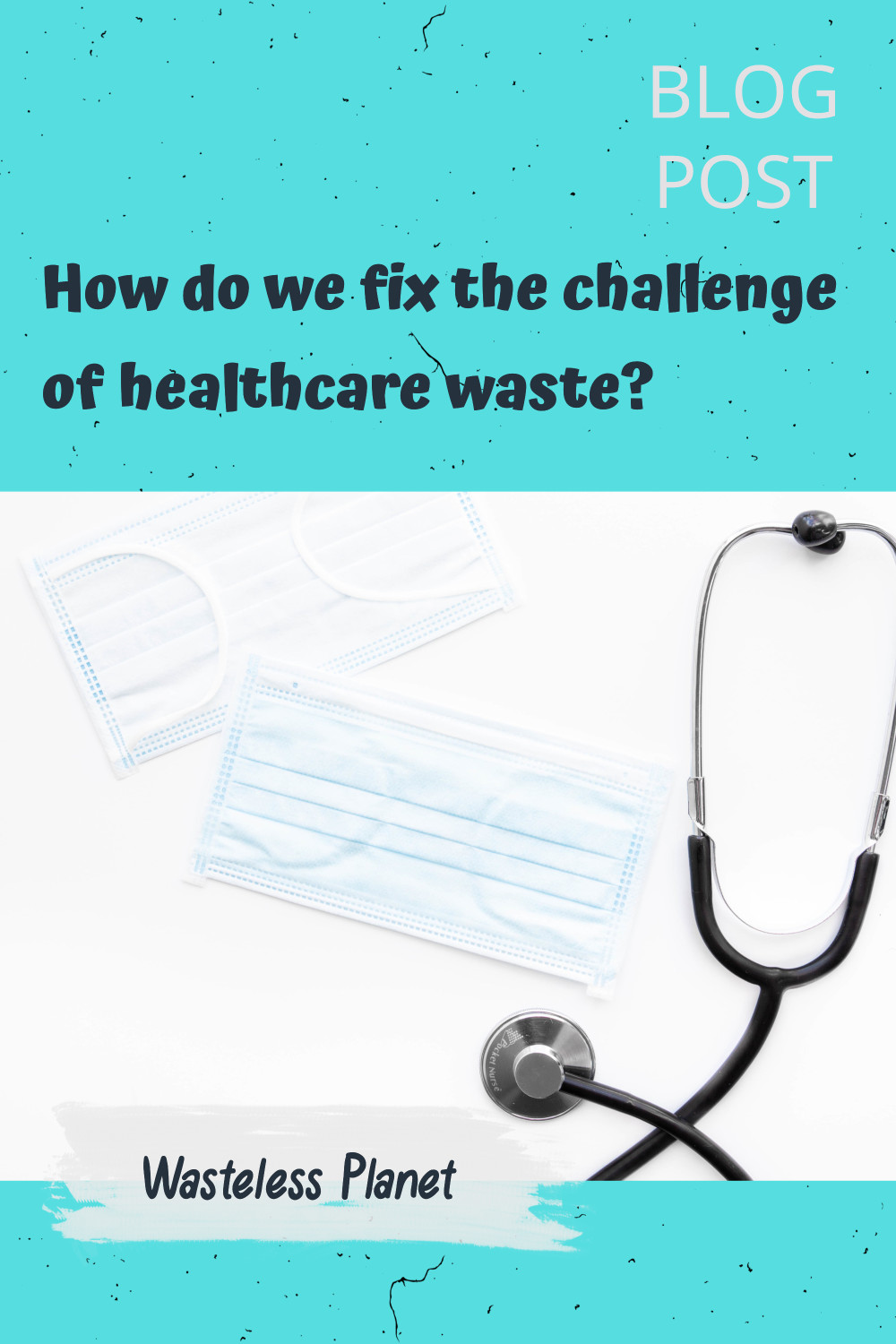
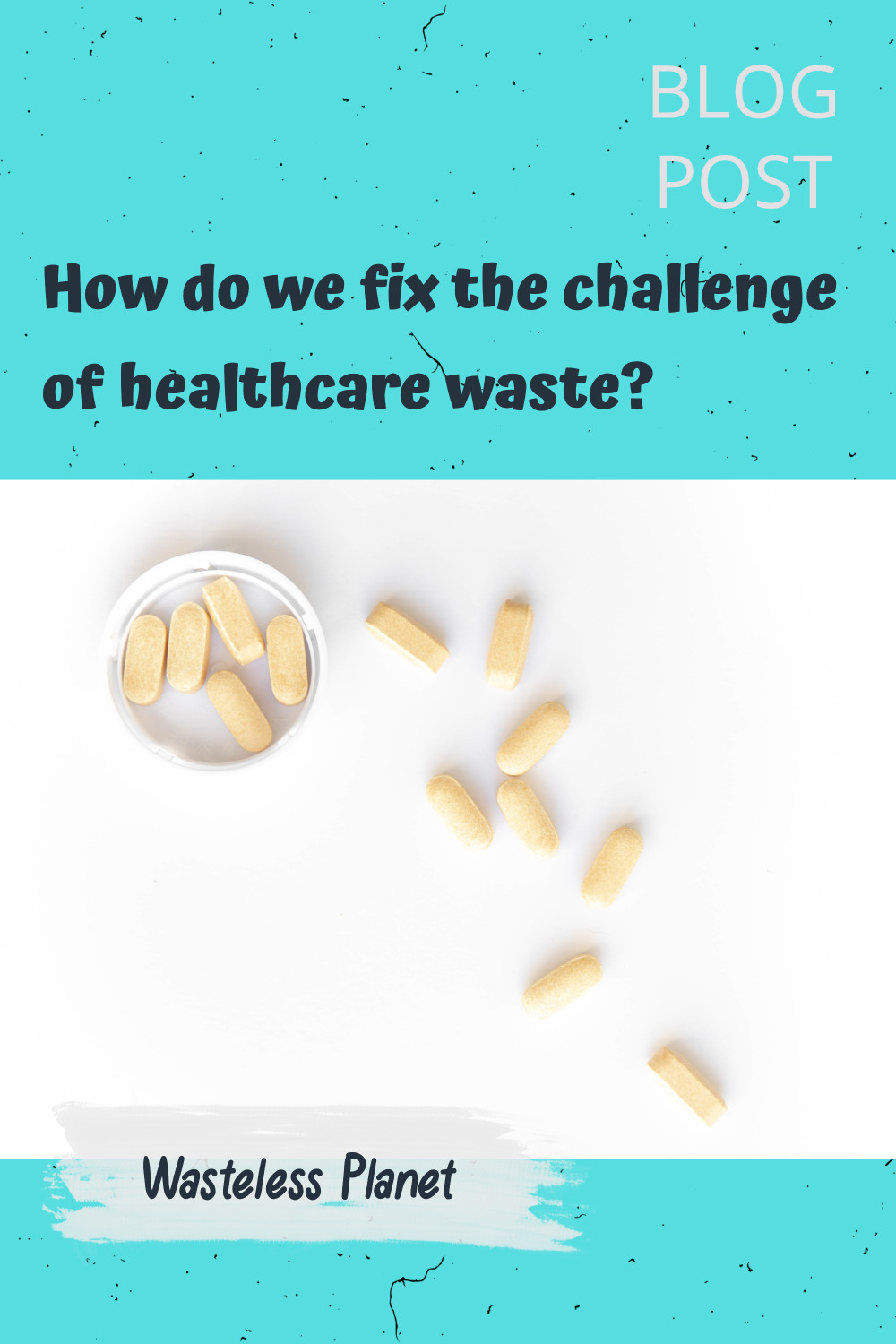
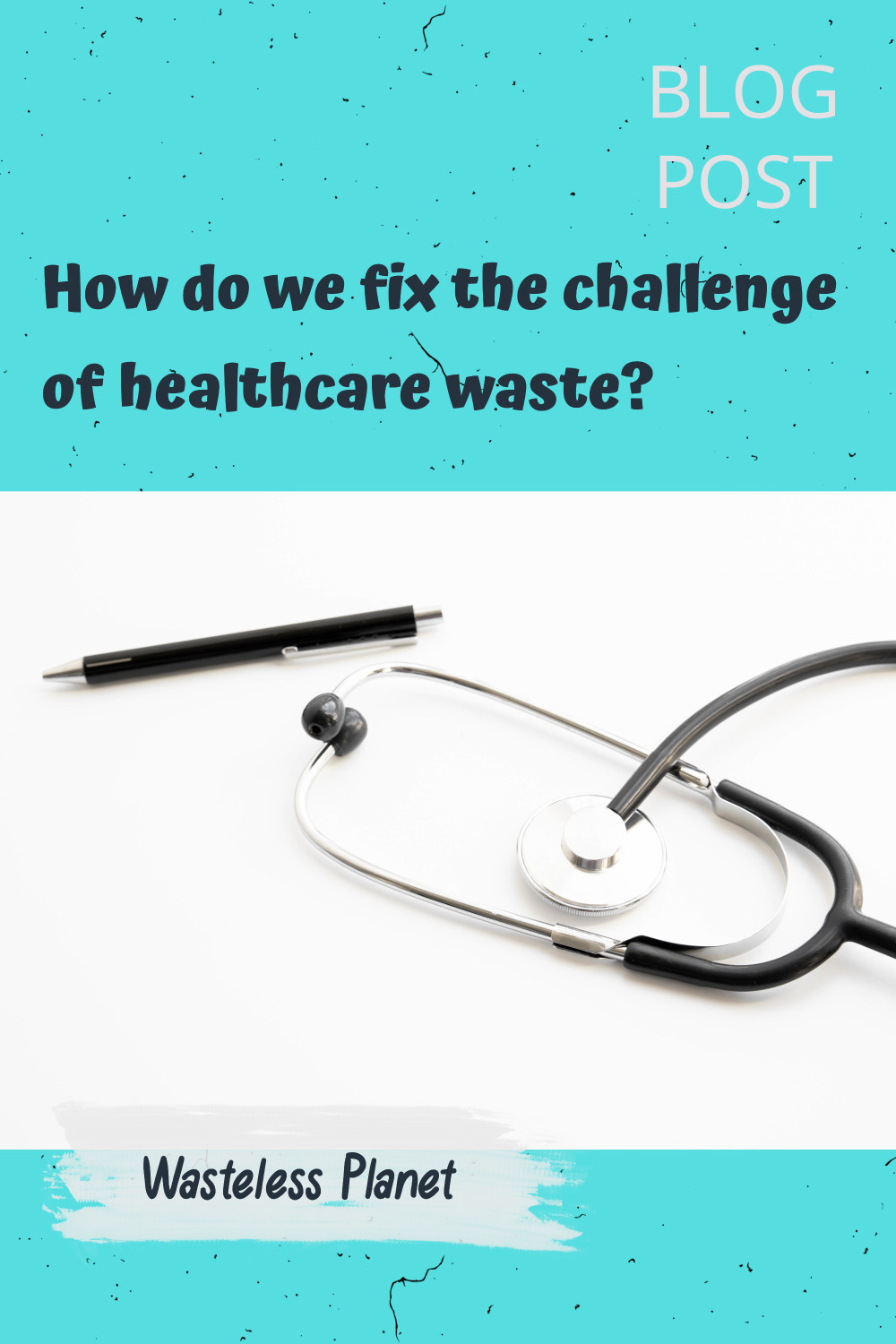
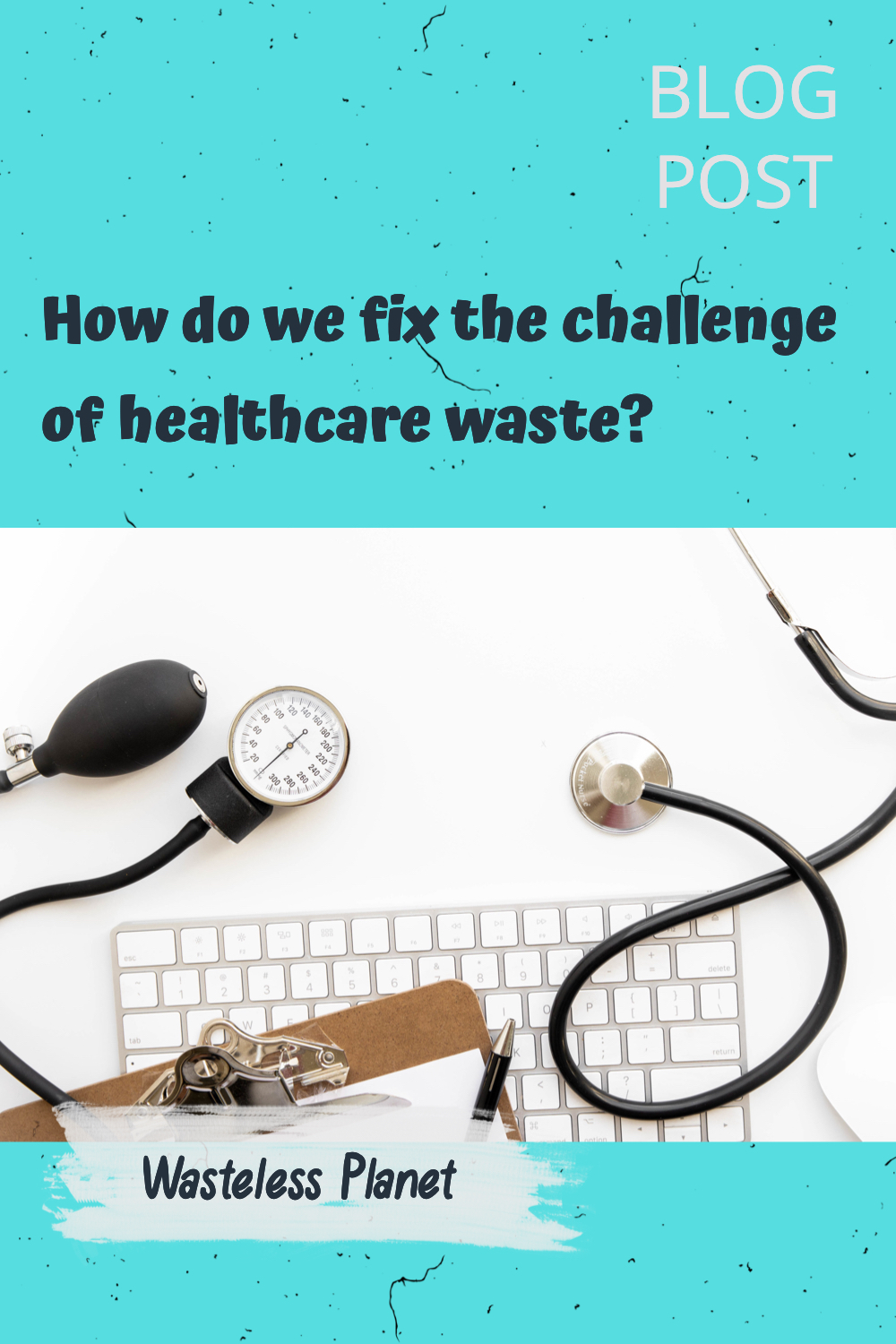
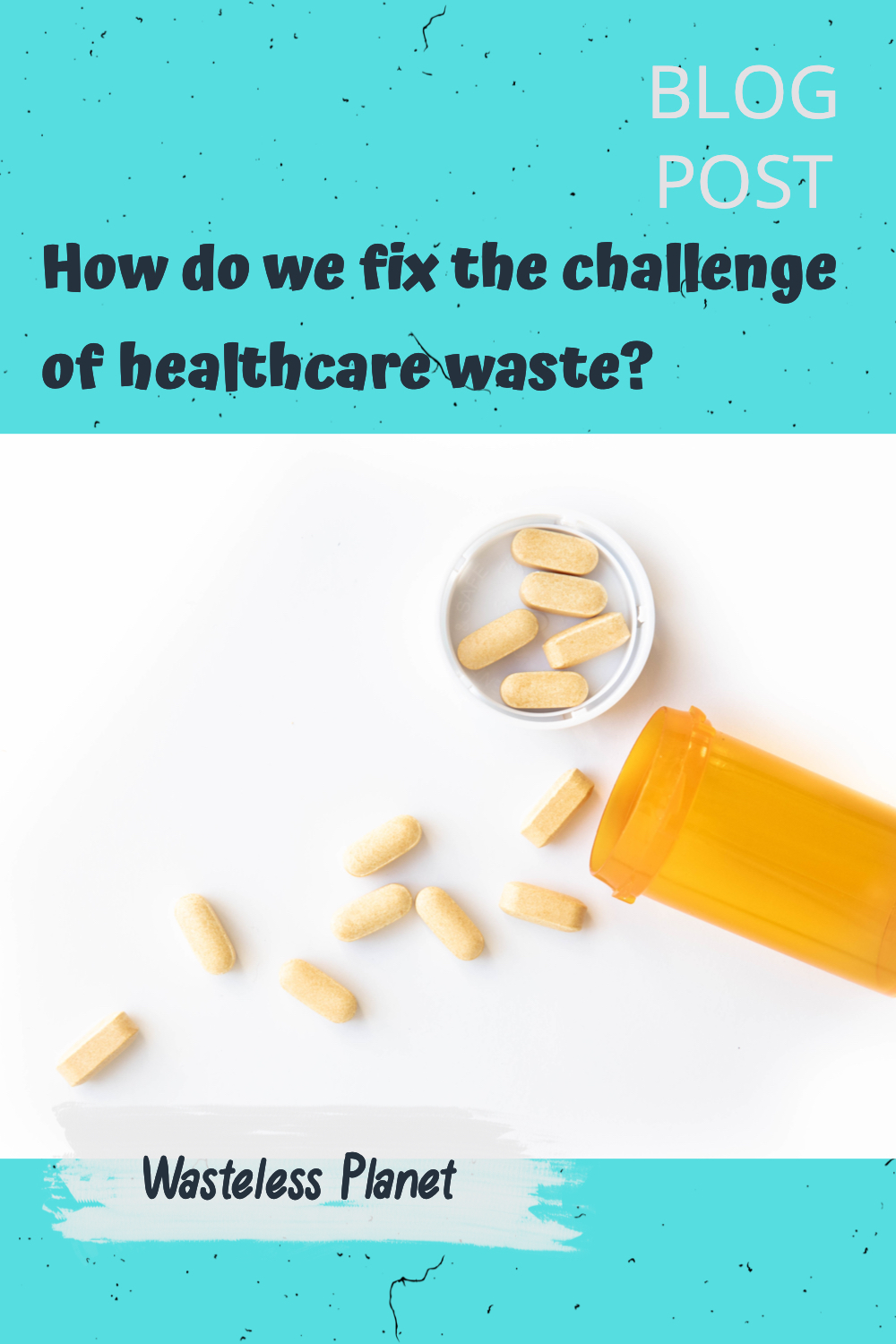
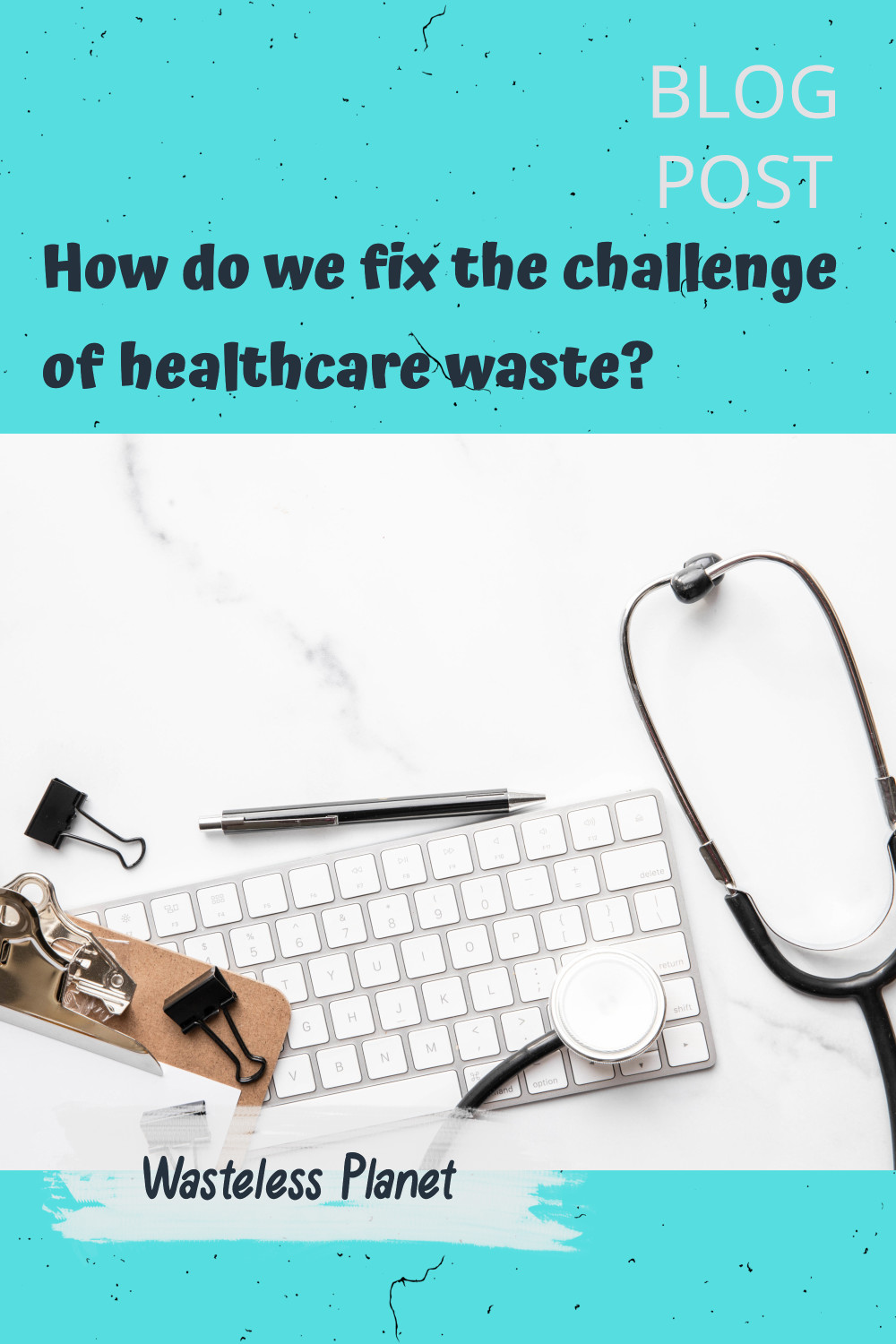


Leave a Reply